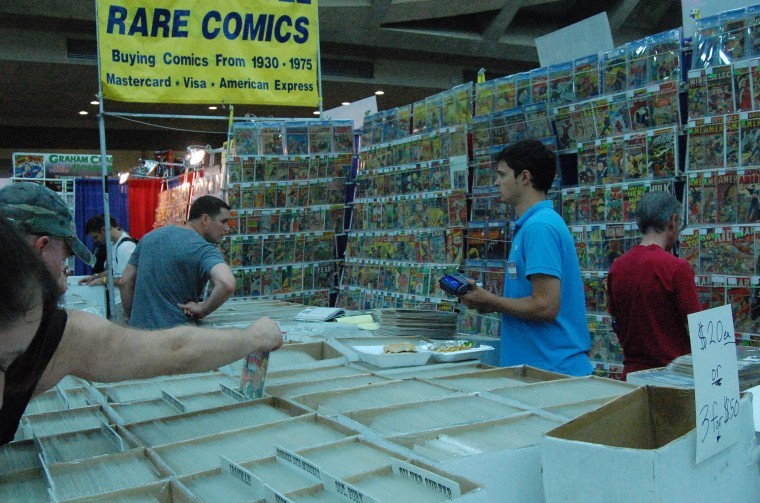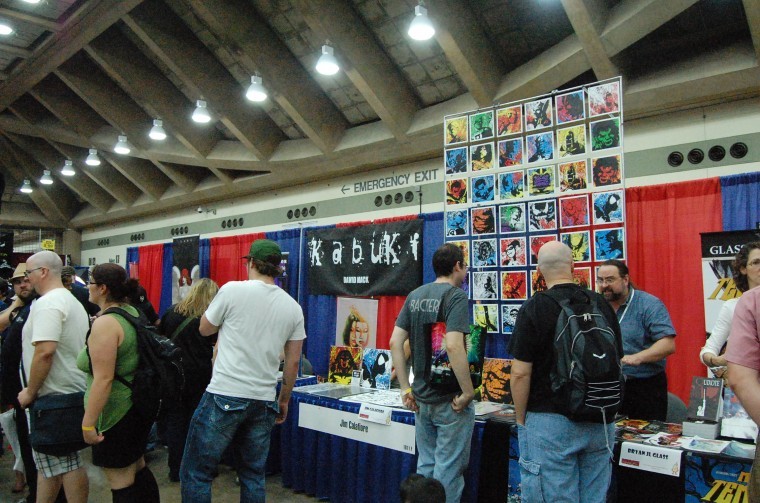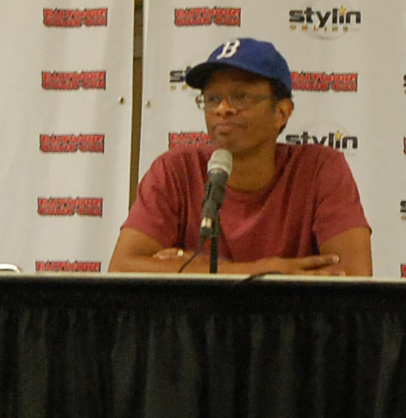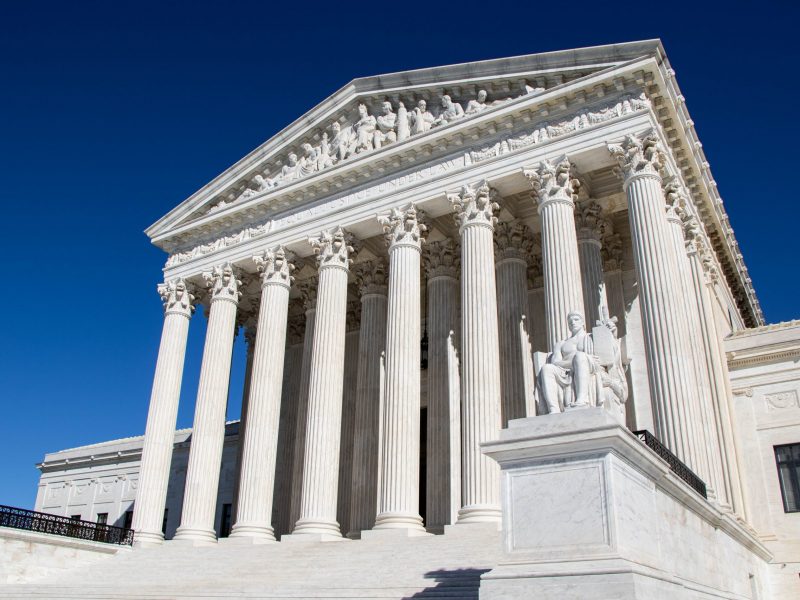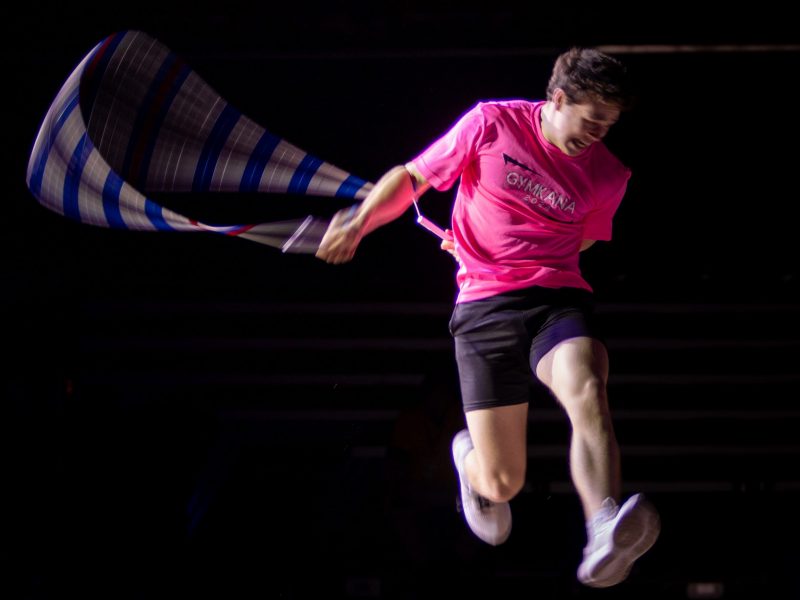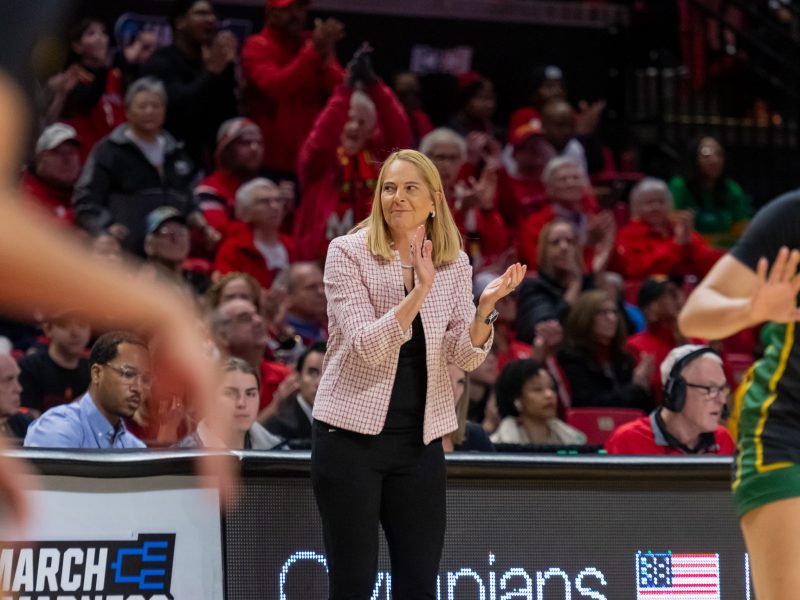When people talk about “Comic-Con,” a majority of them mean San Diego Comic-Con International, the largest convention of its kind in the country. Held every July, it’s also one of the biggest pop culture events of the year, where actors, producers, directors and industry heads come to push their upcoming films and TV shows and to announce the blockbusters for the following year at massive panels for fans of all kinds of entertainment. It has almost transcended the “comic” part of its name.
Since 2000, Baltimore Comic-Con has treated Maryland comic fans to a more subdued version of the San Diego convention. Using only a portion of the massive Baltimore Convention Center this past weekend, this year’s Baltimore Comic-Con was a small event compared to San Diego’s, but the long line for tickets at the door and the constant traffic in the exhibition hall might have given visitors a different impression of the convention’s size. James Townsend, a convention-goer and recent graduate from Salisbury University, went to Baltimore Comic-Con last year, making this his second Comic-Con and sixth fan convention overall.
“[The convention] has definitely grown a bit, due to the Avengers movie’s popularity,” Townsend said. “But once you walk into the exhibition hall, you can tell it’s more for the comic books’ fans.”
The exhibition hall, with its numerous purveyors of both recent and retro comics, vintage toys, geeky T-shirts and even original art and comics sold by the creators themselves, was a major draw of the convention. Stands displayed hundreds of comic book titles on the walls and in large boxes for customers to browse at their leisure. Some retailers sold older, less popular issues for 50 cents, while others showcased issues of titles such as The Walking Dead that went for about $175 apiece. The more commercial section of the exhibition hall also had miscellaneous booths that sold Halloween costumes from series such as Star Wars, vintage posters of characters such as Popeye and Betty Boop, men’s cologne designed after the characters from the Avengers movie and the hard-to-miss tower of pop culture T-shirts that almost reached the ceiling of the exhibition hall. (Apparently, the scent “Mischief,” based off of Loki, villain of The Avengers, was the most popular.)
The opposite end of the hall had less foot traffic as guests stopped frequently to admire artwork posted by the visiting artists. Big names from the industry were situated in booths next to up-and-coming comic artists and series creators, and fans were given the opportunity to interact with these artists. For casual con-goers, browsing artwork featuring familiar characters or even original art by the talented artists provided a pleasant experience, regardless of one’s experience with comics. Some of the more invested comic book fans formed lines snaking through the aisles of the exhibition hall, eager to get autographs from their favorite artists. These artists may not have been the big movie stars of San Diego Comic-Con, but fans didn’t mind lining up well in advance for a chance to meet their heroes.
“The benefit of smaller conventions is that the fans get closer to artists … [they] actually interact with them,” said Jerry Gaylord, illustrator of the series Fanboys vs. Zombies.
Gaylord also noted that while bigger conventions like San Diego’s are beneficial because other big-name creators learn your name, smaller conventions enable artists to better connect with fans and help “grow [their] brand.“
Another large lure of the Con was the numerous panels, including some that helped aspiring comic creators learn how to get published or hone their craft. Some of these panels even packed star power with artists and industry insiders, such as voice actor Phil LaMarr, who answered fan questions about his roles in cartoons such as Justice League, Futurama and Static Shock, and Dan DiDio, co-publisher of DC Comics, who spoke about the success of The New 52, the total reboot of all DC Comics story lines.
The biggest celebrity headliner was Stan Lee, co-creator of many of Marvel Comics’ most famous characters, including Spider-Man, the Hulk and the Avengers. Lee returned to Baltimore Comic-Con for the second year in a row with artist John Romita Jr., who discussed working for Marvel and their successes and struggles in building what have become some of today’s most popular franchises. Fans who desired to get up close to Stan Lee could buy VIP passes to get photos with him or have special autographs made.
“The difference between this and San Diego is that the celebrities here are comic book writers and artists,” Townsend said, “not big name celebs from movies. This is for the comic book fan, not a general pop culture exhibition.”
Artist and convention-goer Norman Lee would disagree with this assertion. While drawing Iron Man at his booth, Lee noted that whether you are interested in comics, cosplay, comic-inspired films, video games, manga or cartoons, comic conventions provide a sort of “nerd buffet.” At Baltimore Comic-Con, he said, “There’s something for everyone.”
Both rare and recent comics were available for sale at the convention, ranging in price from 50 cents to $175 each. Vendors also sold T-shirts, posters, Halloween costumes and even cologne
Artists and creators were on hand to talk to visitors.
Voice actor Phil LaMarr, who lent his talent to Justice League, Futurama and Static Shock was featured in one of Comic-Con’s panels.

